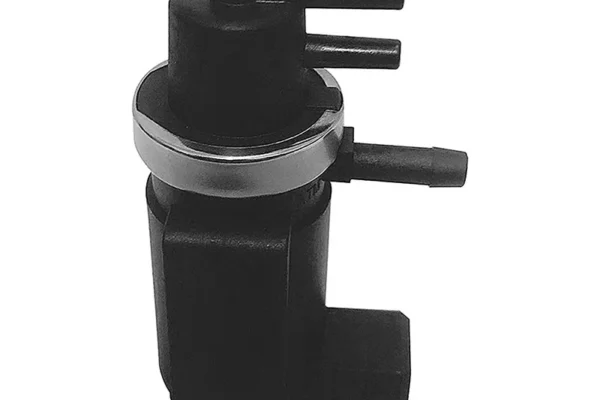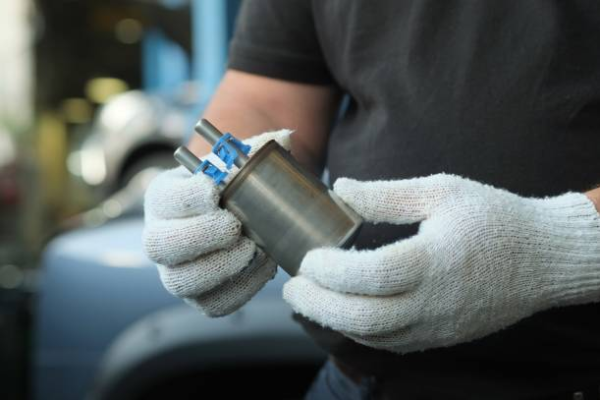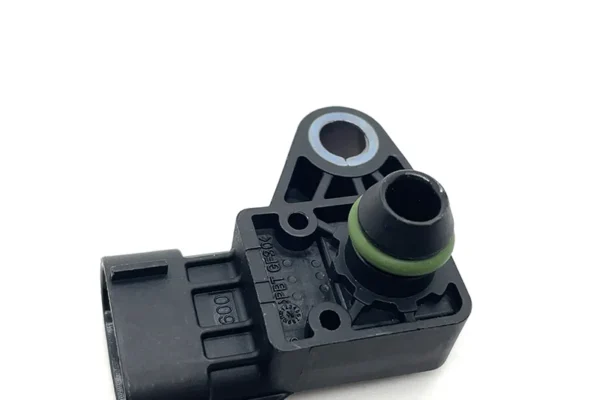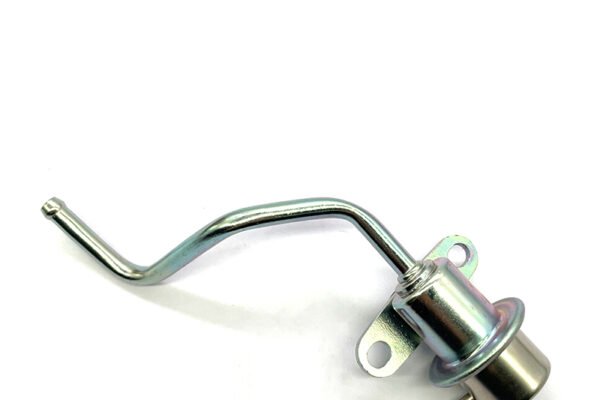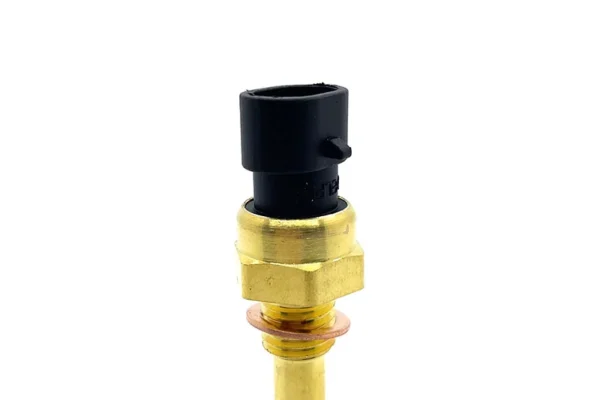To understand the symptoms of a failing oxygen sensor, it’s important to know its vital function. Placed in the vehicle’s exhaust stream, the Oxygen sensor monitors the amount of unburned oxygen after combustion, producing a voltage signal. It works by comparing the oxygen in the hot exhaust to the ambient air outside. This signal informs the vehicle’s Engine Control Unit (ECU) if the air-to-fuel ratio (AFR) is “rich” (too much fuel) or “lean” (too much oxygen).
The ECU uses this real-time feedback to constantly adjust the fuel being injected, aiming for the ideal 14.7:1 ratio. This precision is essential for the catalytic converter to efficiently reduce harmful emissions. Most vehicles made after 1996 have at least two sensors—an upstream and a downstream—each with a specific role.
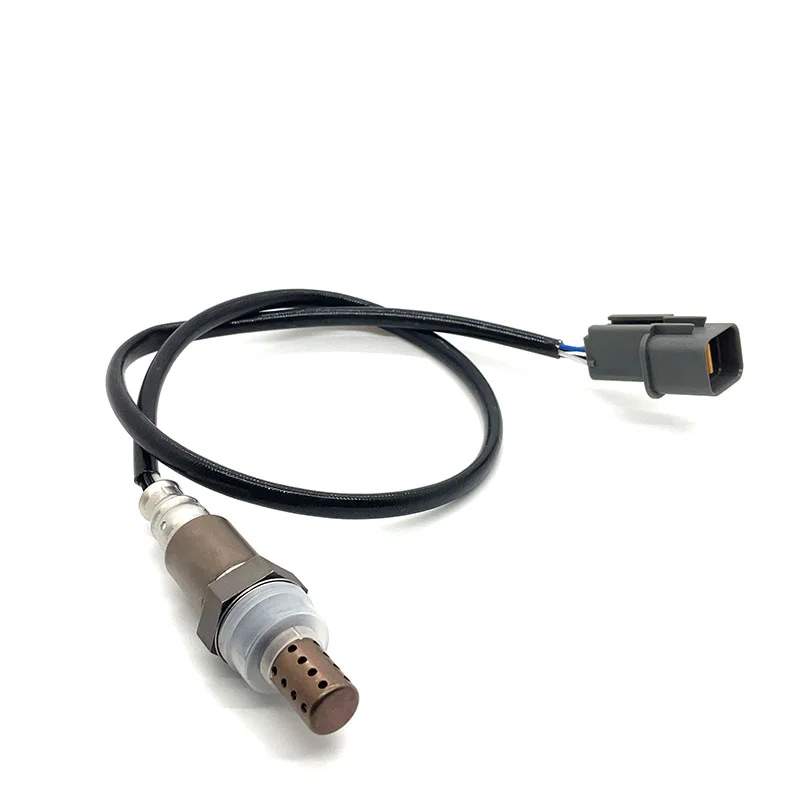
A Tale of Two Sensors: Upstream vs. Downstream
Understanding the difference between these two sensors is key to proper diagnosis. The upstream sensor is the primary controller of the air-fuel mixture, while the downstream sensor acts as a monitor for the catalytic converter.
| Characteristic | Upstream Sensor (Sensor 1) | Downstream Sensor (Sensor 2) |
| Location | In the exhaust manifold, before the catalytic converter. | In the exhaust pipe, after the catalytic converter. |
| Primary Function | Provides real-time feedback to the ECU for immediate air-fuel ratio adjustments. | Monitors the efficiency of the catalytic converter by measuring stored oxygen. |
| Signal Behavior (Healthy) | Voltage fluctuates rapidly between lean (~) and rich (~). | Voltage remains relatively stable and steady (typically ~ to ~). |
| Primary Impact of Failure | Directly causes poor fuel economy, rough engine performance, and increased emissions. | Illuminates the Check Engine Light and can mask a failing catalytic converter; does not directly affect engine performance. |
When either of these sensors begins to fail, the ECU can no longer maintain this delicate balance, leading to a series of noticeable symptoms.
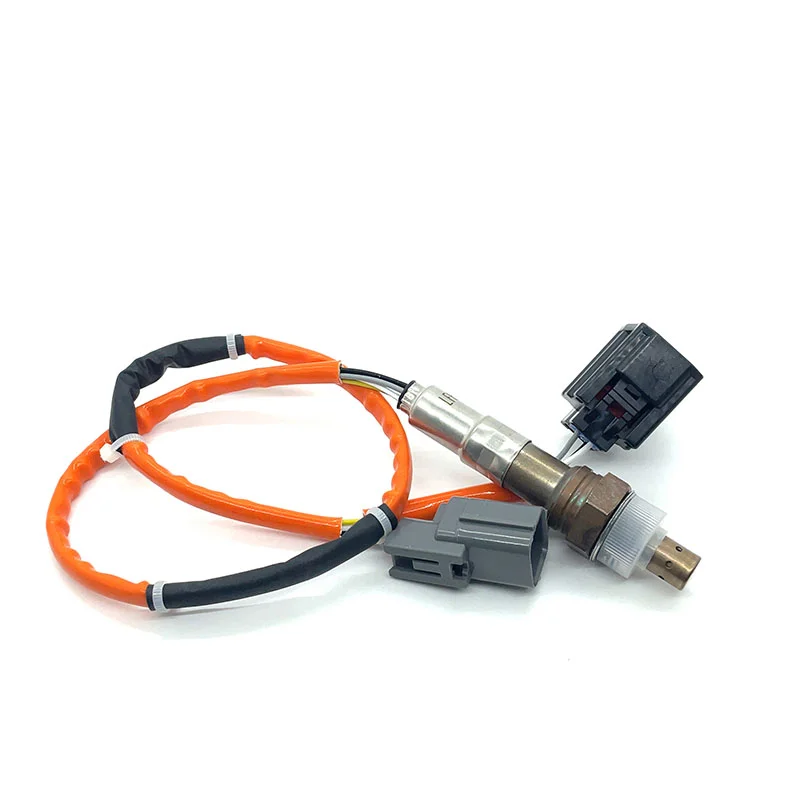
Deconstructing the 5 Common Symptoms
The signs of a failing oxygen sensor are not isolated events but are often part of a predictable chain reaction. A single electronic failure ripples through the entire engine management system, producing a cluster of related symptoms.
1. The Illuminated Check Engine Light (CEL)
This is the most common and often the very first sign of a problem. The ECU continuously monitors the oxygen sensor’s voltage signal, response time, and internal heater circuit. If any of these parameters fall outside the expected range for a predetermined period, the ECU triggers a Diagnostic Trouble Code (DTC) and illuminates the Check Engine Light (or Malfunction Indicator Lamp) on your dashboard. While many issues can trigger a CEL, O2 sensor faults are among the most frequent culprits. An OBD-II scanner can retrieve the specific code, which provides a crucial starting point for diagnosis.
| DTC | Definition | Common Interpretation |
| P0130-P0134 | O2 Sensor Circuit Malfunction/Low Voltage/High Voltage/Slow Response/No Activity (Bank 1 Sensor 1) | Indicates a fault with the upstream sensor, ranging from a dead sensor (No Activity) to one that is old and contaminated (Slow Response). |
| P0135 | O2 Sensor Heater Circuit Malfunction (Bank 1 Sensor 1) | The internal heater that brings the sensor to its required 600°F operating temperature has failed. The sensor cannot provide accurate readings until the exhaust heats it manually. |
| P0171 | System Too Lean (Bank 1) | The O2 sensor is correctly detecting too much oxygen. This is often caused by a vacuum leak or a fuel delivery problem, not a faulty sensor. |
| P0172 | System Too Rich (Bank 1) | The O2 sensor is correctly detecting too much fuel. This could be caused by a leaking fuel injector or a faulty fuel pressure regulator. |
| P0420 | Catalyst System Efficiency Below Threshold (Bank 1) | The downstream sensor’s readings are mimicking the upstream sensor, indicating the catalytic converter is no longer working effectively. |
2. Diminished Fuel Economy
When the ECU loses a reliable signal from the upstream O2 sensor, it can no longer make precise fuel adjustments. To protect the engine from a potentially damaging lean condition, it will often default to a pre-programmed, overly rich fuel mixture. This “open-loop” safety mode means the engine is consistently burning more fuel than it needs, resulting in a sudden and often significant drop in your miles per gallon (MPG). According to the EPA, replacing a faulty oxygen sensor can improve fuel economy by as much as 40%, highlighting the direct financial impact of a failing sensor.
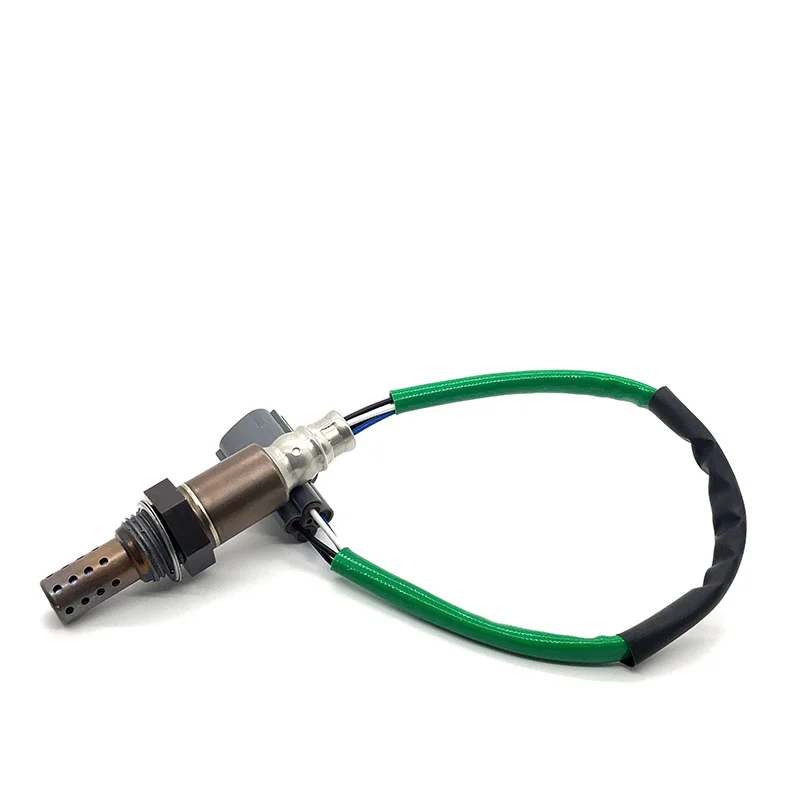
3. Degraded Engine Performance
An incorrect air-fuel ratio directly destabilizes the combustion process. The ECU’s precise control over engine timing and fuel delivery is compromised, leading to a host of driveability issues.1 These can include:
- Rough Idling: The engine may vibrate or shake at idle as it struggles to maintain a consistent speed.
- Engine Misfires: The imbalanced mixture can fail to ignite properly, causing a noticeable stumble or shudder from the engine. Over time, the rich condition caused by a bad sensor can lead to black, sooty carbon deposits on the spark plugs, which insulates the electrodes and is a direct cause of misfires.
- Hesitation or Stumbling: When you accelerate, the engine may feel sluggish or hesitate as the ECU cannot supply the correct amount of fuel to meet the increased load.
4. Telltale Exhaust Signals: Odors and Smoke
The condition of your exhaust can provide clear clues. When a faulty O2 sensor forces the engine to run rich, not all the fuel is burned in the cylinders. This raw fuel is then dumped into the hot exhaust system, producing distinct signals :
- Rotten Egg Smell: The excess unburnt fuel can overwhelm the catalytic converter, causing a chemical reaction that produces hydrogen sulfide, which emits a foul “rotten egg” or sulfurous odor.
- Black Smoke: Incomplete combustion creates carbon soot, which is expelled from the tailpipe as visible black smoke—a classic sign of an engine running too rich.
5. Failed Emissions Test
A vehicle with a faulty primary oxygen sensor is almost guaranteed to fail a state emissions test. The catalytic converter can only effectively reduce harmful pollutants when the air-fuel ratio is constantly oscillating around the ideal point. A failed sensor that locks the system into a rich state prevents the converter from doing its job, causing emissions of hydrocarbons (HC), carbon monoxide (CO), and nitrogen oxides (NOx) to skyrocket far beyond legal limits.
Conclusion: A Critical Component Demanding Attention
The oxygen sensor is a small but essential part of your vehicle’s engine management system. While it often works reliably for tens of thousands of miles, its eventual failure is inevitable due to the harsh environment in which it operates. Paying attention to the five key symptoms—a Check Engine Light, poor fuel economy, rough performance, unusual exhaust smells, and a failed emissions test—allows for a timely diagnosis.
If you want to know more about what an oxygen sensor is and how it works, further reading of the article can provide a deeper understanding of this critical component.



